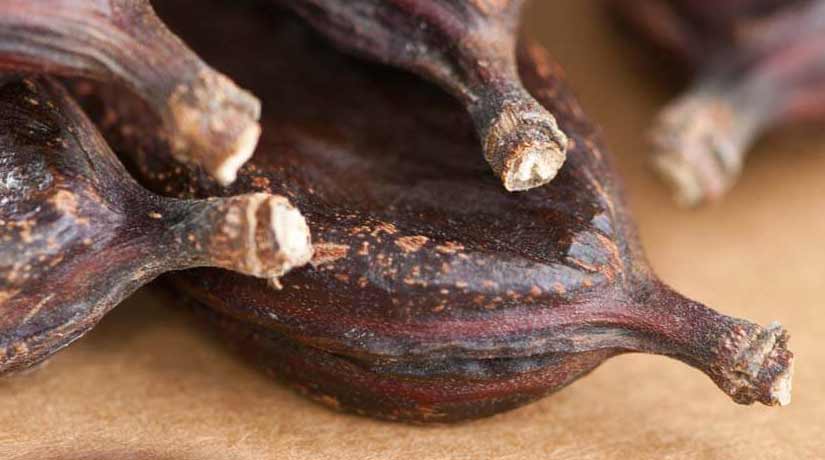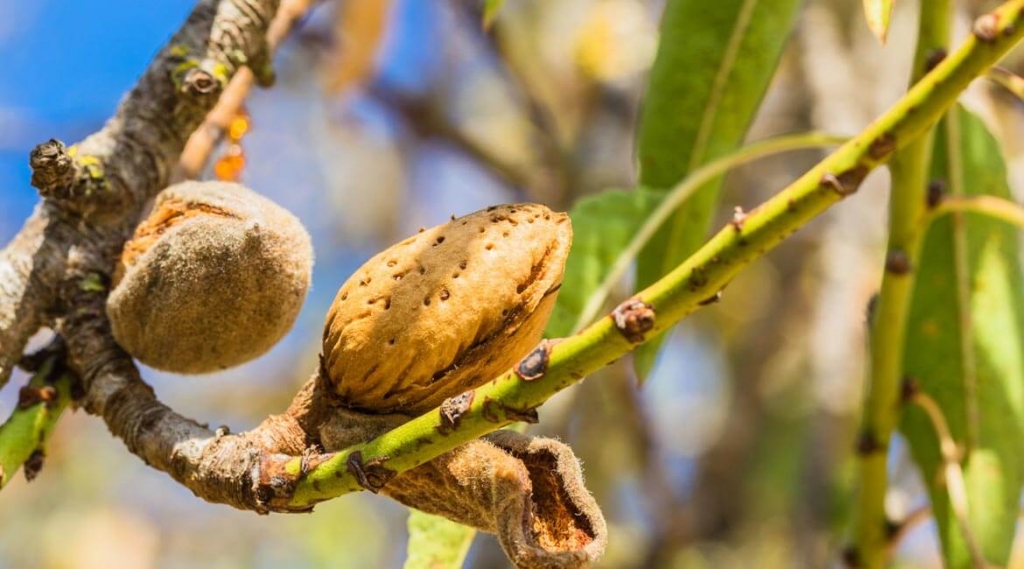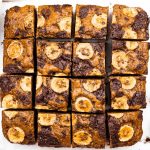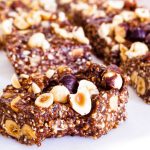Healthy Lifestyle, Our Wholefoods Kitchen
Kitchen Essentials Part 2 – Apple Cider Vinegar
A lovely old apple press. Photograph by Bill Owen 2012. Apple Cider Vinegar is made from fermenting apple juice using bacteria and yeast, producing a fresh and sour tasting amber coloured liquid. Often you will notice floaty particles in the vinegar and this indicates the presence of the culture used to produce the vinegar and is only present in healthy…
Read MoreIt's Trending, Our Wholefoods Kitchen
Kitchen Essentials Part 1 – Vanilla
The Vanilla bean is the source of all natural vanilla products and is harvested from the Vanilla Planifolia plant native to Mexico. The plant is now grown in other areas around the globe with the majority of vanilla beans today coming from Madagascar or Indonesia. The vanilla plant is actually a vine growing orchid. It is in fact the only…
Read MoreHealthy Lifestyle, Our Wholefoods Kitchen
Why Carob is a ‘Super’ food
The carob tree, known also by its beautiful botanical name Ceratonia siliqua, is native to the Mediterranean as well as Western Asia where it has been cultivated for over 4 thousand years. This large evergreen tree produces sweet carob pods that are actually classified as legumes. The pods or seeds can be eaten as they are but are most often…
Read MoreHealthy Lifestyle, Our Wholefoods Kitchen
Choosing the Right Protein Powder for You
Image: Choose what works for you. Keep it simple. Protein is an essential nutrient found in every cell in our body and is vital to the structure and functioning of all our bodily tissues. Protein is made up of amino acids that the body uses to make our natural brain chemicals, our enzymes, immune cells, hormones, regulatory and storage cells. …
Read MoreIt's Trending, Our Wholefoods Kitchen
Cooking with Coconut
Image: Coconut Palms on the Simeulue Island, Northern Sumatra, Indonesia Coconut products have experienced a boom in popularity over the past few years due to their great cooking versatility and their much revered health benefits. The coconut palm is under such demand that it is now grown in more than 90 countries with Indonesia, the Philippines and India together…
Read MoreIt's Trending, Our Wholefoods Kitchen
Making Your Own Nut Milk
Image: Ripe almonds with shells on Whether you are looking for alternatives to dairy milk due to ethical or health reasons or perhaps you want to avoid the additives often present in packaged milks, there is no substitute for fresh and delicious nut milks that can be made at home. They are not only highly nutritious with no additives or…
Read MoreHealthy Lifestyle, Our Wholefoods Kitchen
Nigella : The missing spice in your kitchen
Image: The delicate Nigella flower comes is many shades of blue and purple Nigella sativa is a plant native to Southern Asia that produces tiny and richly flavoursome jet black seeds. Nigella seeds are known by many other names including black cumin, black caraway, black coriander and Kalongi or Kalonji. These seeds are a popular spice in many cultures including…
Read MoreIt's Trending, Our Wholefoods Kitchen
The Benefits of Activating Nuts & Seeds
You may have heard that eating nuts and seeds are better for you when they are activated and it turns out to be true. This latest health tool can greatly increase the nutrient quality of your favourite nuts and seeds as well as improve their digestibility. To activate nuts and seeds means to soak them in water overnight. This process…
Read MoreHealthy Lifestyle, Our Wholefoods Kitchen
Top 5 Tips to Save Time on Dinner
Often it is the evenings when we have less energy to cook and would rather be relaxing. This might mean that spending time making a healthy dinner may not always be a top priority. Whether its because you don’t have much spare time to spend in the kitchen or maybe you just simply want to short-cut your way to eating…
Read MoreHealthy Lifestyle, Our Wholefoods Kitchen
Getting the Most out of Your Grains & Legumes
Grains and legumes are excellent sources of protein, however they do need some preparation in order for you to get the most out of them nutritionally. This is because they contain anti-nutrients; substances that inhibit the absorption of nutrients along the digestive tract. Phytic acid, also known as phytate is one type of anti-nutrient that is a powerful inhibitor of…
Read More



















